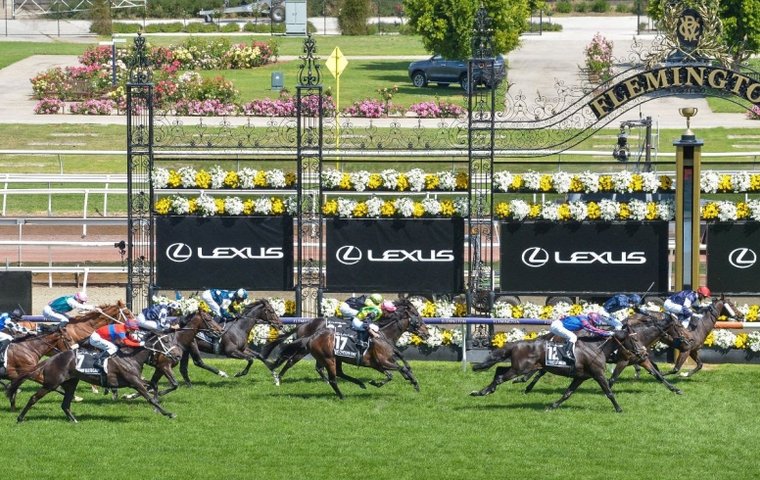
Melbourne’s traditional supremacy is being challenged by Sydney’s audacious initiatives in a battle for Australian racing dominance. Shane McNally reports ahead of the Everest and the Caulfield Cup – taking place on the same day
Australia: For an island nation isolated from much of the Thoroughbred world, which proudly watches when one its champions wins overseas, Australian racing spends a lot of time competing against itself.
The country’s two greatest jurisdictions of Victoria and New South Wales – more specifically Melbourne and Sydney – have been in a heated battle of oneupmanship for many years. But this age-old rivalry has gone to new levels over the past decade.
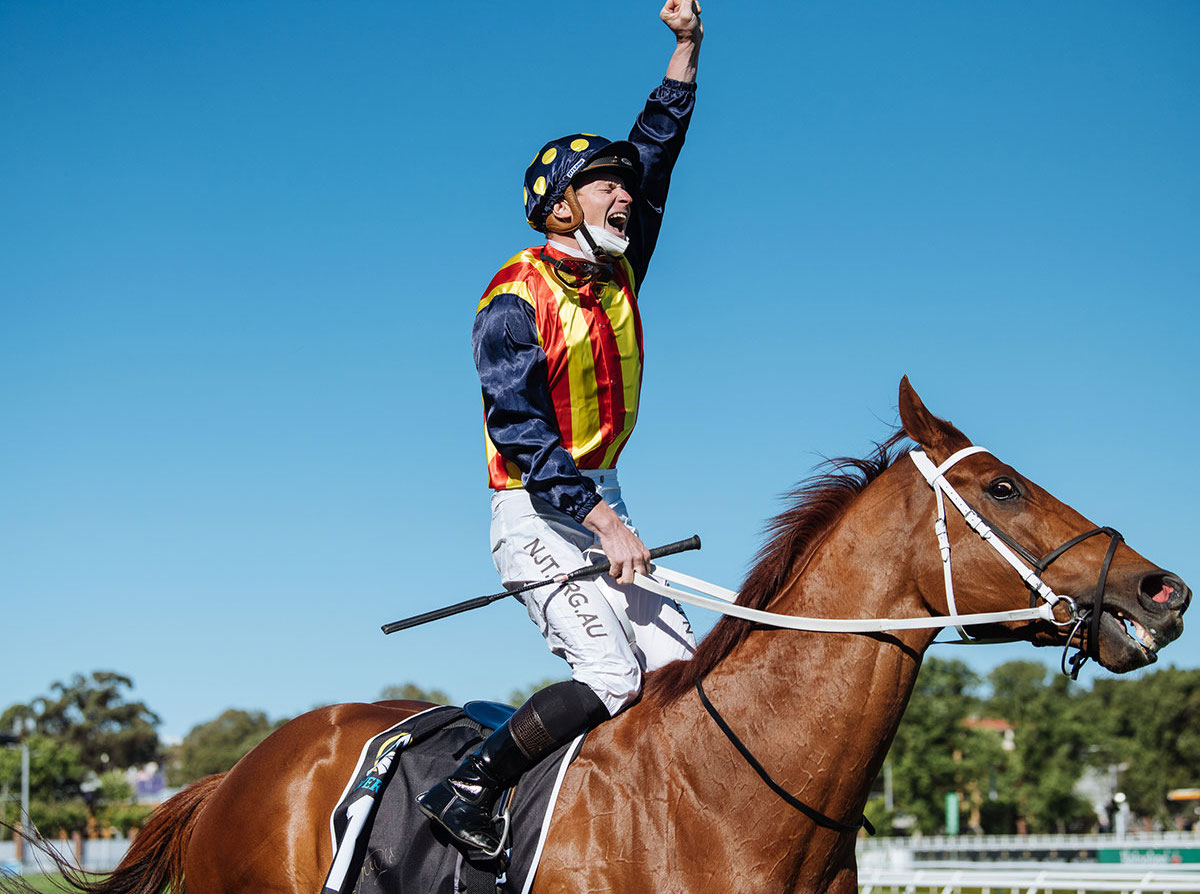 That’s why, on Saturday [Oct 15], there is a direct fixture clash between the Caulfield Cup card in Melbourne and the Everest card, featuring the world’s richest turf race at Randwick in Sydney with Royal Ascot hero Nature Strip defending his crown.
That’s why, on Saturday [Oct 15], there is a direct fixture clash between the Caulfield Cup card in Melbourne and the Everest card, featuring the world’s richest turf race at Randwick in Sydney with Royal Ascot hero Nature Strip defending his crown.
Blockbuster raceday
A blockbuster raceday indeed – but the advent of the A$15m (£8.6m/$9.6m) Everest only half a decade ago in 2017 has clearly taken a level of gloss away from the time-honoured handicap.
Melbourne, though, still has the Australian jewel in the crown, based on cultural significance unlikely to ever be challenged. The Melbourne Cup is a two-mile handicap often derided by overseas and even some local ’experts’ but its impact on a racing nation is like nothing else on earth.
No other country in the world – not England, the US, France or even the sometimes fanatical racing public of Japan – has a race that stops traffic and working places 3,000 kilometres away.
True to its reputation, the Melbourne Cup really is the race that stops the nation. Sydney can’t have it and they can’t buy it either. The Cup is an anomaly that’s here to stay and despite parochial protests from locals who want to keep the race for themselves, it has developed into a truly international staying championship as a result of ongoing international interest.
Sydney, though, already laid claim to many great races and could boast the richest (and arguably the best) two-year-old race in the world. With current prize-money of A$5m (£2.87m/$3.2m), the Golden Slipper has been the launching pad for champions since 1959 with the likes of immortals such as Todman, Vain and Manikato amongst its winners.
However, NSW was after new attractions. With its main staying race, the Sydney Cup, having precisely zero chance of competing with the Melbourne Cup, Racing NSW has gone to great lengths over the past decade to challenge the status quo and try to make Sydney the centre of Australian racing.
They have in many ways succeeded, introducing the aforementioned sweepstakes-styled A$15m Everest sprint as the richest turf race on the planet.
The claim was also that it would attract the best sprinters in the world but, with Australia having most of the world’s best sprinters already, it raised the argument that the same horses would have run for a fraction of the cost. Huge prize-money or not, horses that can’t get near Nature Strip at Royal Ascot are not likely to try to beat the Australian world champion on his home ground.
Challenge laid down with uber-rich sprint
In short, it could be argued that it was a bit of a waste to boost the pot to such an enormous degree. Nevertheless, however, the challenge was clearly laid down to Melbourne – if Sydney couldn’t beat Melbourne in the staying ranks, leviathan racing boss Peter V’landys would introduce an uber-rich sprint more in line with the nature of Australian racing.
While Sydney was making changes every year – first with the launch of the Championships raceday in 2014 (later to become two days) and then with the Everest in 2017 – Melbourne was sticking to its proven traditional races for its success.
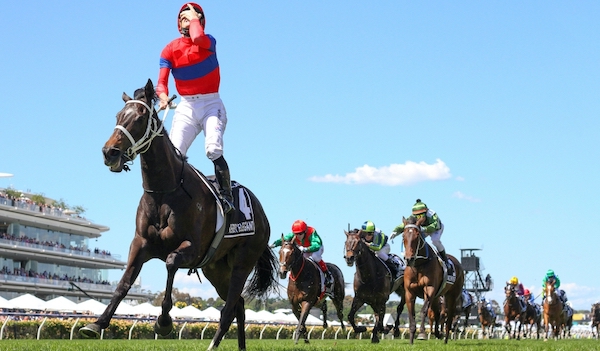 In the early 2000s, a proposal was put to Racing Victoria to create a Triple Crown series of the Caulfield Stakes, Cox Plate and Mackinnon Stakes in an attempt to attract more international weight-for-age horses and explore the US market.
In the early 2000s, a proposal was put to Racing Victoria to create a Triple Crown series of the Caulfield Stakes, Cox Plate and Mackinnon Stakes in an attempt to attract more international weight-for-age horses and explore the US market.
This concept included moving the Mackinnon Stakes back a week so as to not take focus away from the Melbourne Cup while also creating a massive Finals Day raceday after the Cup was run.
It was rejected for two main reasons: the Melbourne Racing Club (Caulfield Stakes), Moonee Valley Racing Club (Cox Plate) and Victoria Racing Club (Mckinnon) couldn’t come to an agreement, while the VRC rejected outright any attempt to move the historic Mackinnon from its traditional slot three days before the Melbourne Cup.
Better late than never
More than a decade later, after Sydney had created a swathe of new initiatives, the Mackinnon was moved to the final day of the Cup Carnival in 2016 and it is now part of what is to be known as Champions Day. For Melbourne racing, it was a case of better late than never as Sydney’s changes were indeed making a serious impact.
The Everest has already been shown to take plenty of focus off the Caulfield Cup. While the historic 2,400-metre handicap is still a major drawcard and one of the great Melbourne Cup lead-ups, a new generation of race followers have seen it as an afterthought compared to the A$15m sprint that effectively confirms the world’s best sprinter.
Two years after the Everest, Racing NSW introduced the A$10m Golden Eagle as a showpiece for four-year-olds. The 1,500m race is gaining momentum with each year, dispelling doubts that it was just a money grab. In yet another daring initiative, Sydney will this year host a A$2m mile called The Big Dance, which has been boldly programmed for Melbourne Cup Day.
Despite evidence to the contrary, Racing NSW chief executive Peter V’landys rejects claims he is trying to take on Melbourne racing at every opportunity, adamant that the competition brought about by new initiatives are good for the industry as a whole.
“Competition is healthy, it lifts everyone,” he says. “That’s exactly what these new races have done. When New South Wales started getting its revenues up and increasing prize-money, Victoria had to lift their prize-money.
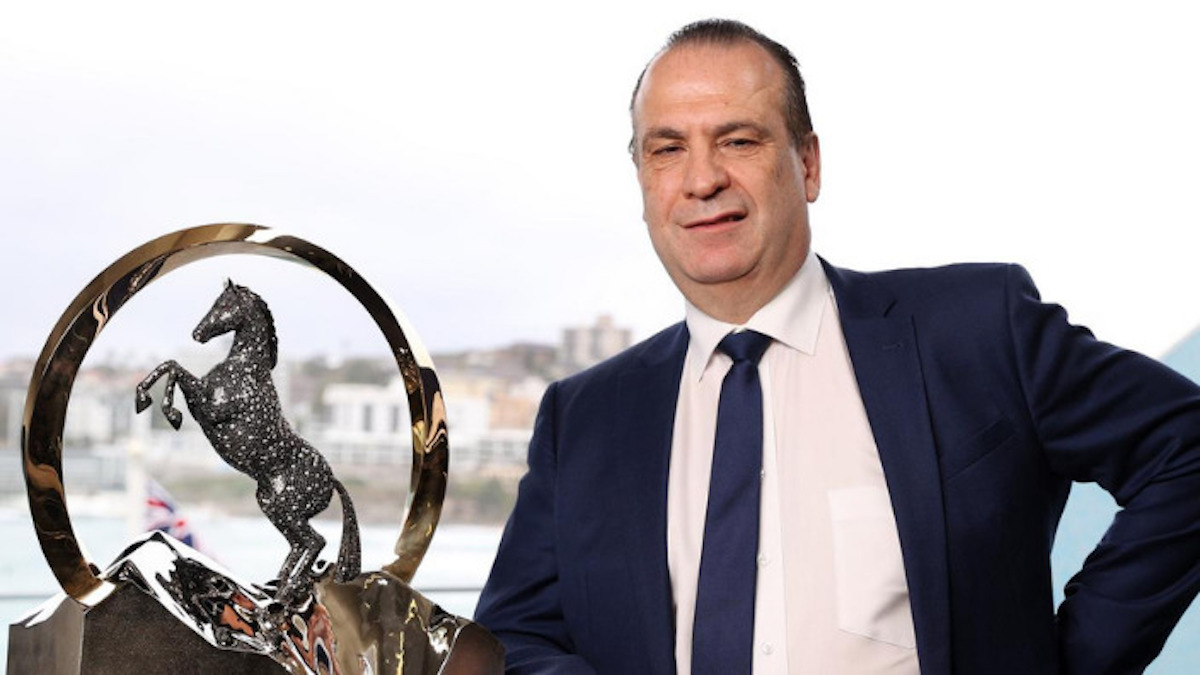 “Some of their big races hadn’t received a prize-money boost for 10 years. So all of a sudden, you have a strong state in NSW and Victoria had to compete by raising prize-money. The biggest winner out of all of this is the participants and the owners.”
“Some of their big races hadn’t received a prize-money boost for 10 years. So all of a sudden, you have a strong state in NSW and Victoria had to compete by raising prize-money. The biggest winner out of all of this is the participants and the owners.”
‘Attracting a new demographic’
V’landys says he has never tried to compete with the Melbourne Cup, preferring to have Sydney racing carve out its own niche in the market that would attract global interest. The Everest was created not just to compete with its southern neighbour but to bring new people to the races in Sydney.
“The Everest was designed to attract a new demographic, racegoers under 30 who were sadly lacking,” V’landys says. “It’s done that. When you look at Everest raceday, the majority of people there are under 35. Before the Everest, if you looked around Randwick, the average age was over 50.
“The problem with racing over and over again is it doesn’t do enough to attract that next generation, where we play catch-up instead of being pro-active. So we identified the objective and determined that we needed something big, bold and attractive to attract younger people.
“When we developed the Everest, we said to ourselves, what are we the best at. What is Australian known for? Just as Europe has the world’s best stayers, we have the best sprinters.
“From Choisir to Takeover Target, then Black Caviar and recently Nature Strip, they all went to England and won. Name the last Australian-trained middle distance horse that went over there and won. So we developed a race that we’re the best at.”
V’landys says that while many have argued the Everest would not need a A$15m price tag to attract Australia’s best sprinters, who represented a captive audience that would compete for significantly less. The prize-money, he contends, is one of the reasons the race has been so successful.
“This race is about rewarding the participants by maximising revenues,” he says. “Sure, we could attract a similar field to the Everest for a smaller stake but a share of the A$15m stake can be life-changing for a jockey or trainer, which drives the industry.
“That helps us get new customers, new people into racing across the board,” V’landys goes on. “The Everest has become a marketing tool for the whole of the 12 months. Our annual revenue has gone up 40 per cent since the Everest was first run. The race has exceeded expectations and we had fairly high expectations.
“The Melbourne Cup will always be the Melbourne Cup but the Everest is a completely different market. It’s creating new interest and because it’s so new, it has more scope for improvement.
‘The Everest will be much bigger’
“I’m certain that, in years to come, the Everest will be much bigger than it is now. The horse that wins it is likely to be the world’s best sprinter in any given year.
“The US has always been our next market but we wanted to establish the Everest first. I’d like to see prize-money boosted to A$20m and then we can look at drawing the best American sprinters.”
V’landys says that while the Golden Eagle has not yet had the impact of an Everest, it is building by the year and has unlimited potential. He says that, once again, Racing NSW set out to identify what race would capture the imagination and one catering to elite class four-year-olds fitted the bill.
“I was always told by all the trainers that a horse reaches its peak as a four-year-old and we’ve never had a really important race for that age group,” he says. “This race is a major boost for the racing industry because it encourages the top-flight young colts to remain in work instead of being retired at three.
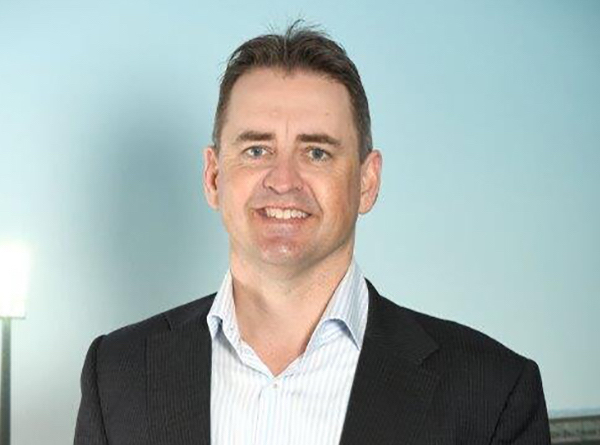 “These outstanding horses are brands and it’s in our best interest to keep the brand that brings people through the gates racing, to keep the excitement level up.
“These outstanding horses are brands and it’s in our best interest to keep the brand that brings people through the gates racing, to keep the excitement level up.
“Our job is to keep the good horses as long as we possibly can and the Golden Eagle helps do that. Trainers have told us that owners have changed their plans to retire horses early because of this one race.
International attention
“When I was at Royal Ascot this year, people wanted to know all about the Golden Eagle. We’re getting the attention of international racing.”
Racing Victoria chief executive Andrew Jones welcomes the competition from north of the border but believes there’s room for both major bodies to succeed and hopes they can collaborate when necessary. He is confident both parties have the best interest of Australian racing at heart.
“Victoria and NSW apply the same governing principle – to create the most fan-friendly schedule possible,” he says.
Racing Victoria has enjoyed significant success with the A$5m All-Star Mile without approaching anything like the impact the Everest has delivered to Sydney. The only race in Australia where entry is determined by a popular vote in the same vein as the massive Arima Kinen in Japan, the weight-for-age Mile is slowly living up to the early hype.
First run in 2019, the race billed as the world’s richest mile was won by top-line gallopers Mystic Journey, Mugatoo, Regal Power in its first three years before Zaaki lifted the bar in 2022 as the only winner so far who could lay claim to champion status.
While the Mile has made a steady but hardly staggering impact on the national calendar, the decision to alternate renewals between the three Melbourne courses of Flemington, Caulfield and Moonee Valley is seen as a masterstroke for its continued growth.
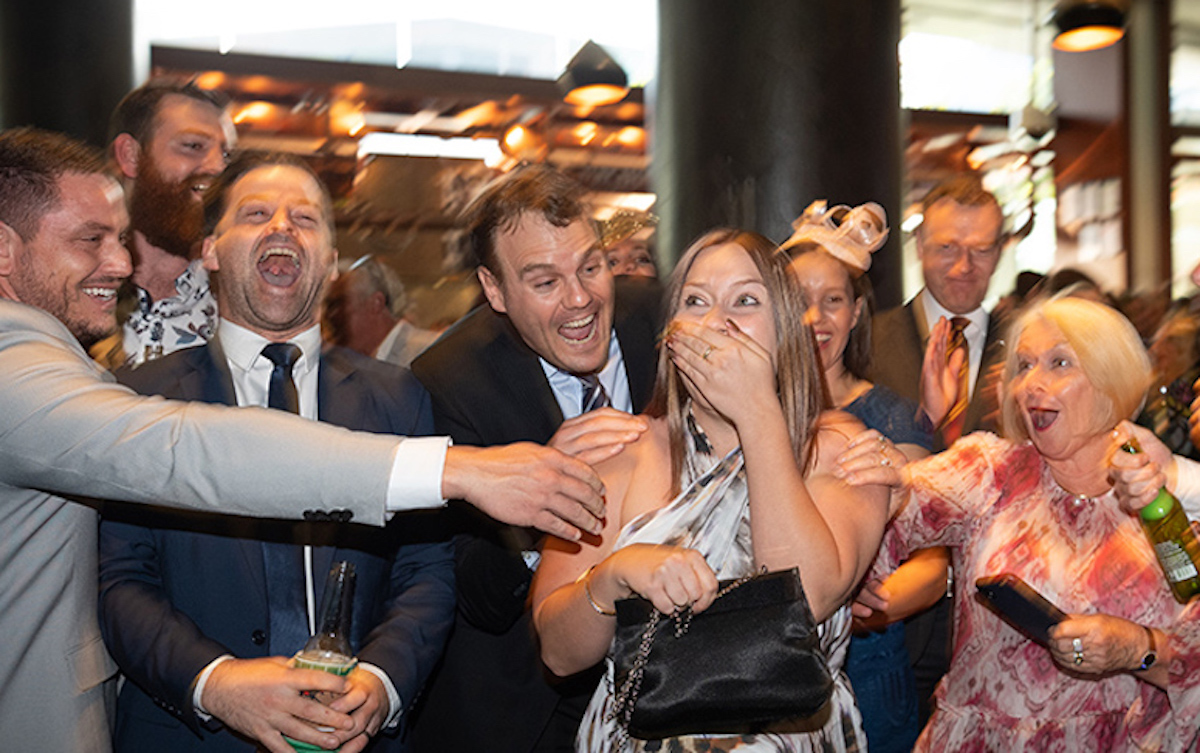 “The All-Star Mile gives Victoria another focal point in Autumn while Champions Day provides an appropriate climax to the Melbourne Cup Carnival,” says Jones. “Derby Day and the Cup are hard acts to follow. Champions Day does so via another set of finals across 1,200m, 1,600m and 2,000m.
“The All-Star Mile gives Victoria another focal point in Autumn while Champions Day provides an appropriate climax to the Melbourne Cup Carnival,” says Jones. “Derby Day and the Cup are hard acts to follow. Champions Day does so via another set of finals across 1,200m, 1,600m and 2,000m.
Collaboration and competition
“We are in regular communication with Racing NSW,” Jones adds. “We will collaborate in some areas and may compete in others.”
Rather than focus on why moves such as the Mackinnon’s move and re-badging as the Champion Stakes took so long, the new Victorian racing boss would rather focus on the future.
“We have an outstanding racing schedule already in which interest and investment has never been higher,” Jones boasts. “At the same time, we are always looking for ways to improve and in particular to make racing accessible and easily comprehensible to the next generation of fans.
“The Champions Day format is fantastic because racing needs clear build-ups to clear finals. We are confident it will be a hit.”
Champions Day, in fact, has attracted an unlikely supporter, with V’landys commending – rather cleverly – his southern rival on its ambitious programming. “I take my hat off to the VRC on their last day of the Melbourne Cup Carnival,” he says.
“That’s a magnificent program but they’d have never done that without competition from NSW. It also means we’ll need to lift our performance in similar races to be as good.”
Both chief executives are of the belief that, rather than avoiding competition, they should actively encourage it for the betterment of the Australian racing industry as a whole. Jones says: “A rising tide lifts all boats so the more fans watching racing, the better”.
It’s one thing on which there’s no argument, with V’landys questioning why anyone would think competition was a problem. “We should embrace competition because it lifts us,” he says.
• Visit the Racing NSW and the Racing Victoria website
Chris Waller: The higher we raised the bar for Winx, the higher she went
Baaeed’s six steps to Group 1 greatness – according to Jim Crowley
Breeders' Cup update: latest plans from Europe and beyond – yes, no, maybe …
View the latest TRC Global Rankings for horses / jockeys / trainers / sire


